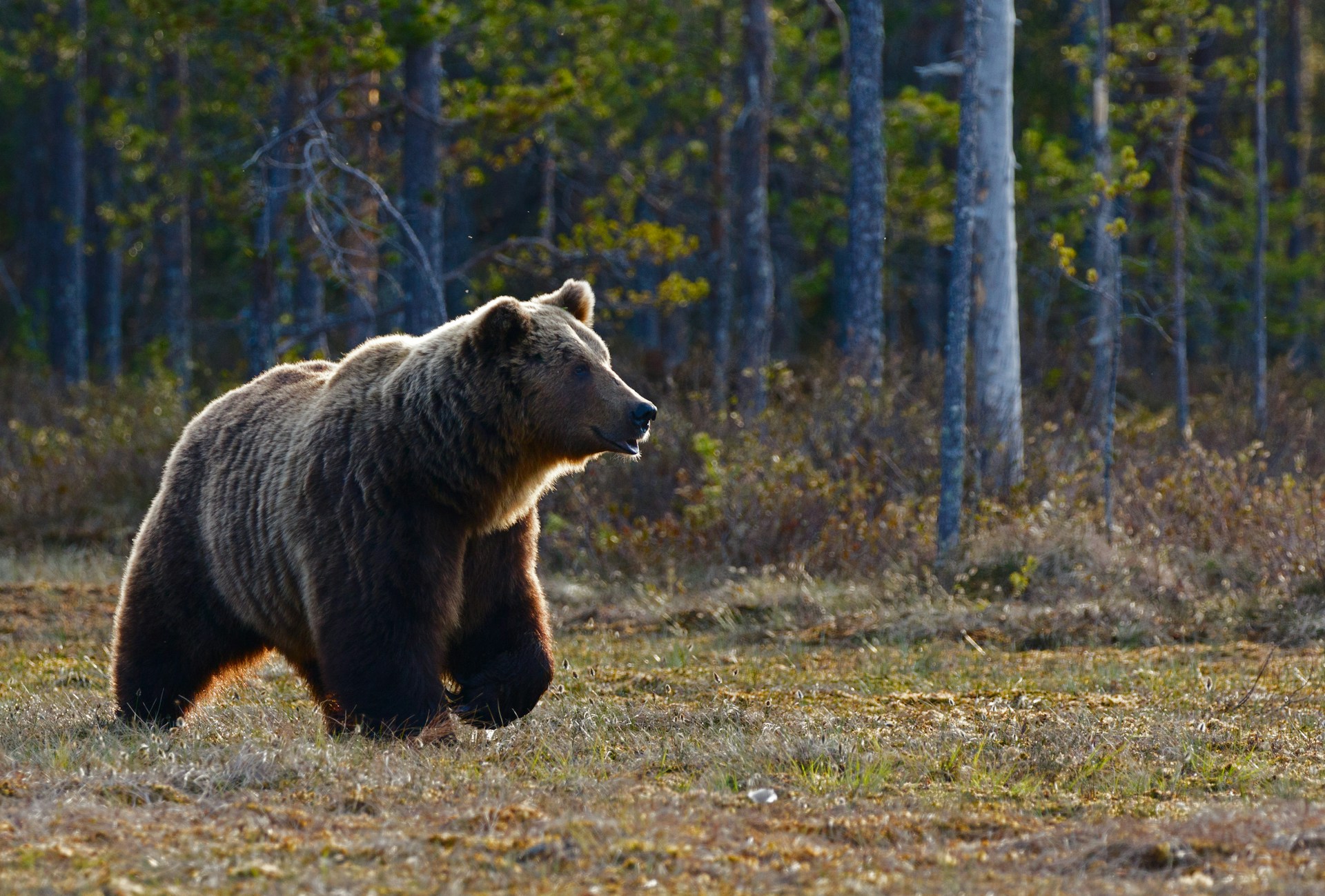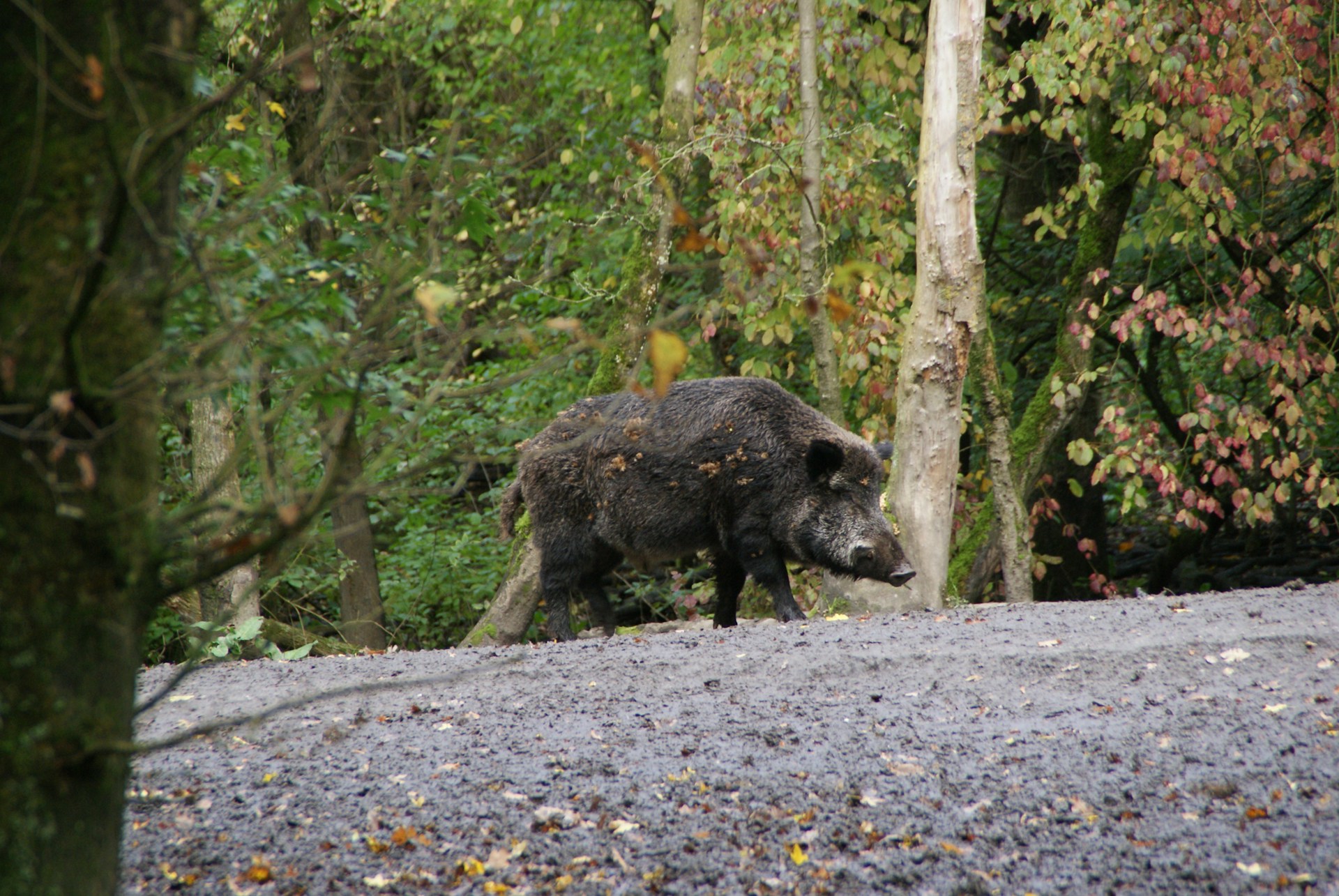In Latvia, officially known as the Republic of Latvia, a Baltic state in northern Europe, dangerous animals are not a major concern for travelers. Bordered by Lithuania, Estonia, Russia, and Belarus, with a maritime border with Sweden, Latvia stands out for its approximately 2 million population and pristine landscapes. Riga, the largest city, is a cultural hub with diverse ethnolinguistic groups. Travelers to Latvia must be mindful of its temperate climate, featuring cool, wet winters and hot, dry summers. Now, let’s delve into Latvia’s unique geography, including its proximity to the Baltic Sea.
Table of Contents
Why visit Latvia?
Latvia, among the least visited countries in the Baltic states, stands out as one of the most pristine and less polluted destinations in the region.
Read more: Dangerous animals in Lithuania
Taking the time to explore both the capital and other parts of the country ensures a rich array of activities and sights. Planning your visit during the summer is ideal, as this is when the country comes alive with various activities and people moving from one point to another. The Latvian people are known for their charm and friendliness, enhancing your overall experience in the region.
Further reading: Dangerous animals in Estonia
The environment in Latvia is exceptionally pristine, offering the opportunity to discover white sandy beaches and a coastline that is truly unique on the planet. However, as you embark on your exploration, it is crucial to be cautious of certain dangerous animals that inhabit Latvia. Some of these creatures include the following.
Storks

While storks may appear harmless, they host thousands of bacterial species that can cause dangerous infections in humans. It’s crucial to avoid areas where storks gather, even though they are revered animals in Latvia. Though the birds themselves are generally not dangerous, coming into contact with their droppings can expose you to harmful bacteria, potentially leading to infections. If you happen to be in contact with stork droppings, seek immediate medical attention to prevent bacterial infections.
Deer

Encountering deer during your trip to Latvia poses potential danger, as they are one of the most hazardous land animals in the country. Common in the dense forests, their adaptation to the local climate provides them with abundant grass and vegetation to thrive. With sharp horns and the ability to reach up to 100 pounds, deer become particularly aggressive during rutting season when mating occurs. It’s crucial to stay away from them during this period and when they have their young ones. Locals, who hunt deer for meat, have heightened their wariness, making them prone to attack.
Lynx

The lynx, found in the forests of Latvia, is one of the dangerous animals resembling domestic cats but larger, weighing up to 40 pounds. Possessing sharp claws and teeth, they use these for defense against predators. Lynx typically consume snakes, mice, and other rodents in the area. Given their wild nature, they carry a high number of bacteria and pathogens, posing a risk of dangerous infections. Maintaining a safe distance from lynx is crucial, as they may attack when they feel threatened.
Grey Wolves

Grey wolves are creatures encountered in Latvia’s dense forests and along the shores of the Baltic Sea. Roaming freely, they prey on a variety of creatures such as deer, antelopes, and mice. Growing up to six feet tall and weighing up to 500 pounds, gray wolves possess sharp claws and teeth used for tearing prey. Although human attacks are rare, it is essential to keep a safe distance from them, as their behavior can become unpredictable when they feel threatened or aggravated.
Ticks

During your travels in Latvia, you may encounter ticks, seemingly harmless creatures found in grassland vegetation across the country. Ticks attach themselves to hosts, feeding on blood and hatching eggs during the process. These creatures can spread diseases such as Lyme disease and encephalitis, causing symptoms like swelling, severe pain, and allergic reactions. It’s crucial to carry insect repellent to prevent tick bites and seek immediate medical attention if bitten.
Brown Bears

Brown bears are among the most dangerous animals in Latvia, thriving in forests and dense vegetation, particularly in the northern and northeastern parts of the country. While human attacks are uncommon, it’s vital to avoid provoking them, as they can become aggressive and use their sharp claws and teeth. Brown bears are also known to carry bacteria causing rabies.
Wolverines

Thriving in the dense vegetation of northeastern Latvia, wolverines are creatures to be cautious of during your visit. Known for sharp claws and teeth, they consume various prey, including deer and rabbits. Wolverines can be dangerous when threatened, carrying bacteria causing rabies. Maintaining a safe distance is essential to prevent attacks.
Common Viper

The common viper, the only snake in Latvia, possesses highly potent venom. Found in dense vegetation and forested regions, they are generally non-aggressive but may bite if startled. With unique bands on their bodies and varying colors, it’s crucial to stay away from them during your trip and seek immediate medical attention if bitten.
Wild Boar

Considered one of the most dangerous creatures in Latvia, wild boars have large tusks used for defense. Territorial and with a population of around 25,000, encounters are likely during your trip. It’s crucial to stay far away, especially when they have young ones or feel provoked. Wild boars can charge when agitated, reaching heights of about 3 feet and weights of up to 800 pounds.
Spiders

Latvia is home to spiders that, while not very poisonous, inhabit forests, grasslands, and human settlement areas. Their bites may cause local swelling and pain, posing a risk to highly allergic individuals. Using insect repellent is advisable when exploring outdoor environments to prevent bites.
Bats

Found in dense forests, buildings, and various parts of Latvia, bats are generally not aggressive but carry numerous bacteria, fungi, and pathogens. These can lead to severe respiratory infections like SARS and coronavirus. It’s essential to stay away from bats to avoid the risk of infection.
Sea Lamprey

At the bottom of the Baltic Sea, sea lampreys, often called vampire fish, may be encountered during water exploration. These creatures can bite and cause severe injuries to the body and organs. It’s important to exercise caution, know the areas where sea lampreys are found, and seek immediate medical attention if bitten.


